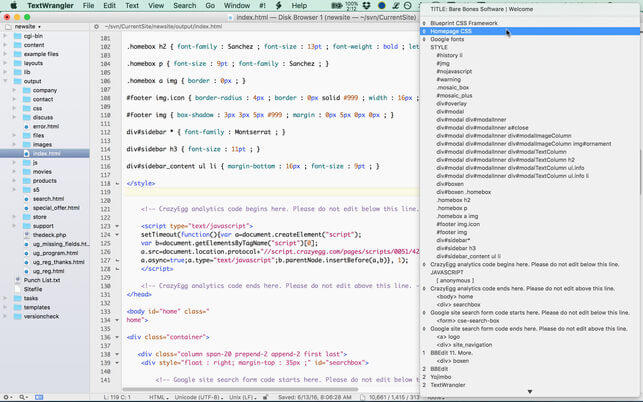Vim 8.2 is the latest stable version. It is highly recommended, many bugs have been fixed since previous versions. If you have a problem with it (e.g., when it's too big for your system), you could try version 6.4 or 5.8 instead. To avoid having to update this page for every new version, there are links to the directories. Vim is a highly configurable text editor built to make creating and changing any kind of text very efficient. It is included as 'vi' with most UNIX systems and with Apple macOS. To install the latest version, use homebrew: brew install vim The Ultimate vimrc. This is equivalent to running the Vim commands from the shell: vim '+set ff=unix' '+x' dos.txt UNIX to DOS. Here’s how to convert file unix.txt from UNIX to DOS using Vim. Open unix.txt with the Vim editor. In Vim, the word 'macro' may refer to: A sequence of commands recorded to a register (this tip). A mapping to expand a sequence of typed keys to a longer sequence (see tutorial ). A script written in the Vim script language (stored in a file with extension.vim – see:help script ).
Introduction

Vim which stands for vi improved is a text editor and an improved version of vi editor that is designed to run on CLI (Command Line Interface) as well as GUI (Graphical user interface) .
It was developed by Bram Moolenaar in 1991. It is a free and open source software which was released under the license which includes some charityware clauses.
In this tutorial, we will learn the steps involved in the installation of Vim on MacOS.
Prerequisites
- MacOS
- Login as an administrator on terminal.
Installation
The following steps are used to install Vim on MacOS.
1) Download the latest version
To install Vim editor on MacOS, we have to download its latest version by visiting the official website I.e. https://vim.sourceforge.io/download.php
2) Mount the disk image file
The downloaded file stored in Downloads folder (in my case) is a disk image file which needs to be mounted to the Volumes directory. mounting needs a simple command as follows.

3) Copy the application file to Applications
The file is mounted as Vim.app which is an executable application file stored inside the Volumes directory. This file needs to be copied to the Application directory where the Applications are installed. This will be done via a simple command given below.
Macos Vim Python3
4) Unmount the file
We have done with installing vim on our MacOS. The next step which needs to be done is unmounting the file. This will be done by using unmount option with hdiutil command.

Macos Vim Commands
5) Working with Vim
Once we install Vim on our MacOS, we can use it for programming in any of the languages or for editing of any of the documents. To get started with the Vim, we either type simply vim on command line or we can open it via GUI by double clicking the vim icon shown in the Applications. Vim opens in the terminal which is shown in the image.
Well, we have successfully installed and get started with the VIM editor on MacOS.
Mac Os Vimrc
